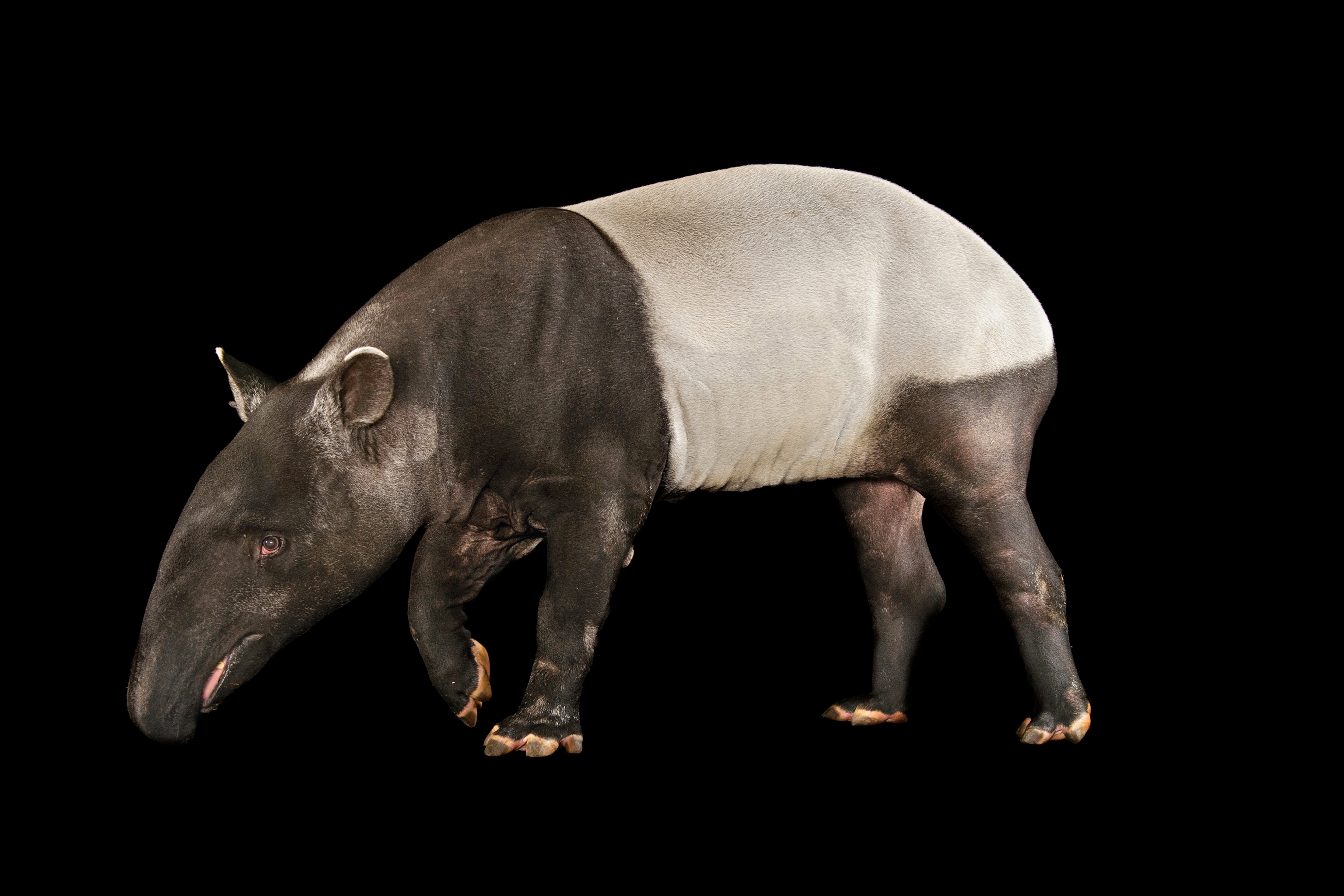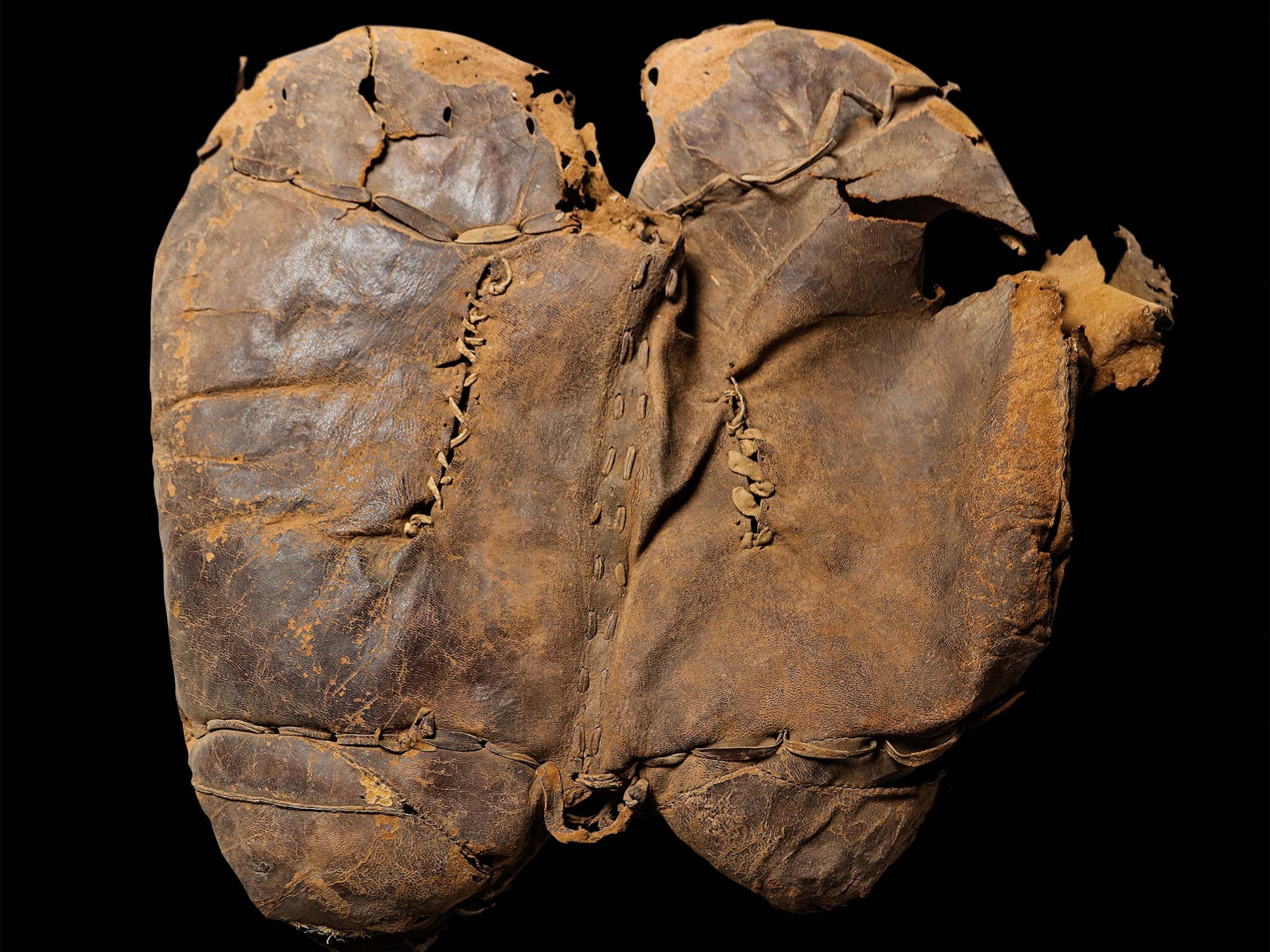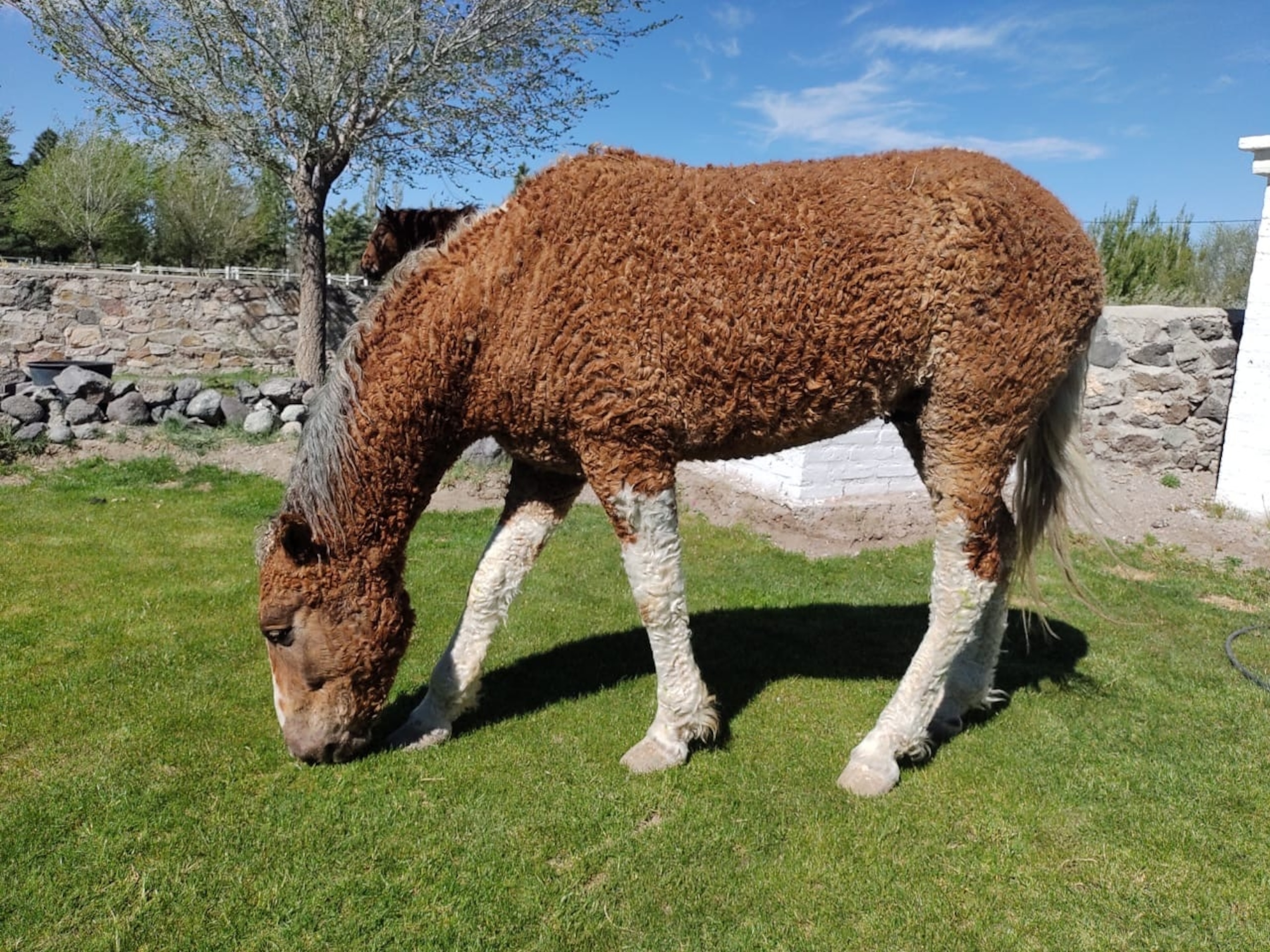
Tapirs Are Surprisingly Well Endowed
Their genitalia is “ungainly” but evolved that way for a reason.
Perissodactyla, roughly translated, means “odd number of toes.” It’s the order of mammals that includes rhinos (three toes), horses (one hoofed toe), and tapirs (three toes in back and four toes in front).
Extra toes are an evolutionary advantage that helps barrel-bodied tapirs with weight bearing and traction. Another adaptive trait that male rhinos, horses, and tapirs share: They’re “extremely well endowed,” says tapir expert Michele Stancer, director of animal care at Utah’s Hogle Zoo in Salt Lake City.
An aroused tapir’s manhood is so “large and ungainly,” Stancer says, “I actually have seen the male step on it and scream.” Maneuvering the organ into mating position involves many swings and misses. And yet, she says, the male “had to evolve to that size and shape to get where it needs to go” in the female’s lengthy genital tract to inseminate her. Another evolutionary adaptation: large flaps near the end of the penis that Stancer says “make a seal inside the female” so that tapirs can successfully breed underwater as well as on land.
Tapirs’ sex lives start when they’re about two years old and can last into their 20s. If all goes well in a tapir tryst, the female likely will bear a single infant (or, very rarely, twins) 13 months later.




